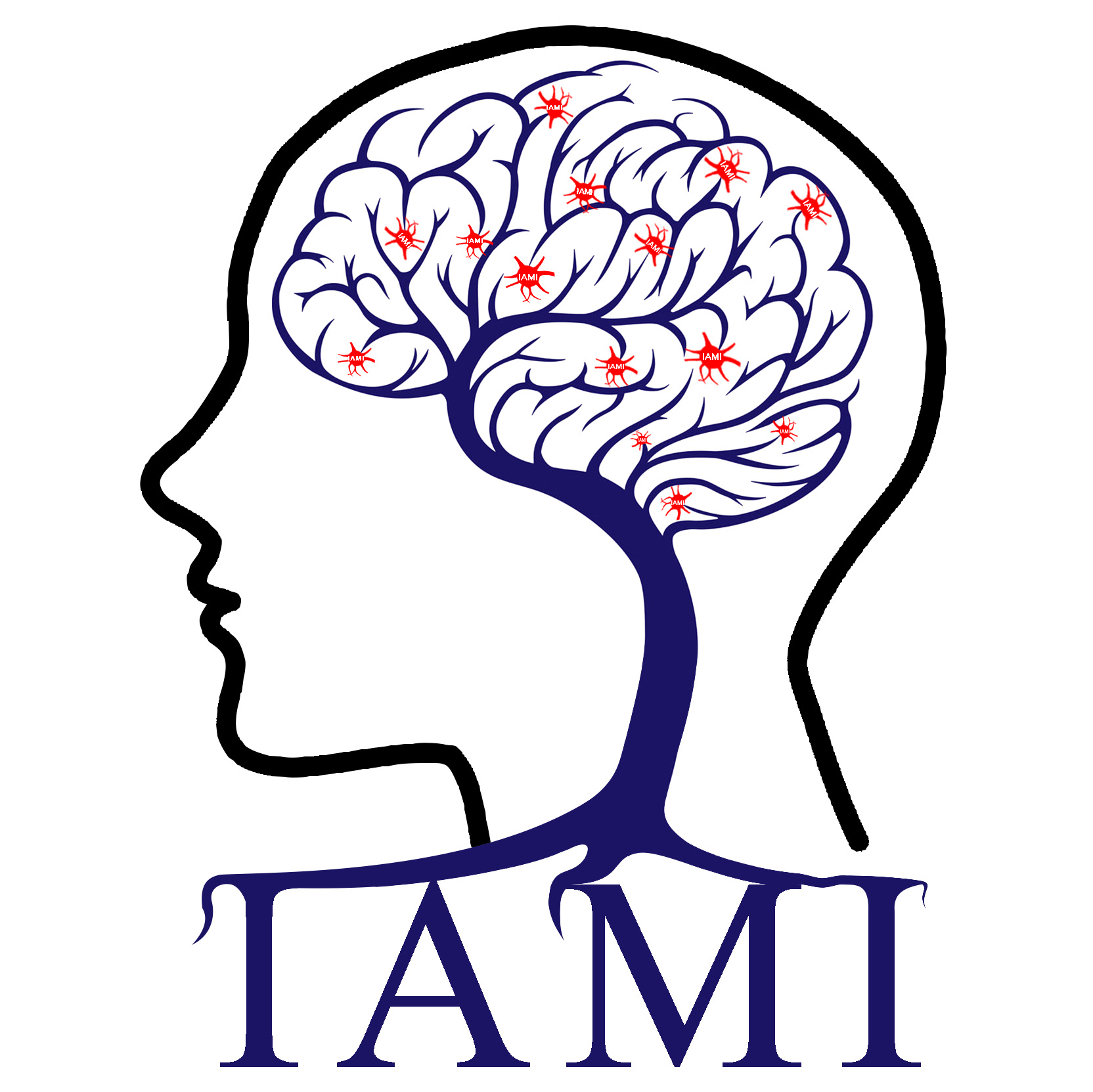
Yuhui Du Personal Website-Intelligent Analysis of Medical Image
Address:Taiyuan, China
Anees Abrol*, Zening Fu, Mustafa Salman, Rogers Silva, Yuhui Du, Sergey Plis, Vince Calhoun. Hype versus hope: Deep learning encodes more predictive and robust brain imaging representations than standard machine learning. bioRxiv, 2020.
时间:2020-06-22 11:49:25 来源: 点击:[915]
Abstract
Abstract Previous successes of deep learning (DL) approaches on several complex tasks have hugely inflated expectations of their power to learn subtle properties of complex brain imaging data, and scale to large datasets. Perhaps as a reaction to this inflation, recent critical commentaries unfavorably compare DL with standard machine learning (SML) approaches for the analysis of brain imaging data. Yet, their conclusions are based on pre-engineered features which deprives DL of its main advantage: representation learning. Here we evaluate this and show the importance of representation learning for DL performance on brain imaging data. We report our findings from a large-scale systematic comparison of SML approaches versus DL profiled in a ten-way age and gender-based classification task on 12,314 structural MRI images. Results show that DL methods, if implemented and trained following the prevalent DL practices, have the potential to substantially improve compared to SML approaches. We also show that DL approaches scale particularly well presenting a lower asymptotic complexity in relative computational time, despite being more complex. Our analysis reveals that the performance improvement saturates as the training sample size grows, but shows significantly higher performance throughout. We also show evidence that the superior performance of DL is primarily due to the excellent representation learning capabilities and that SML methods can perform equally well when operating on representations produced by the trained DL models. Finally, we demonstrate that DL embeddings span a comprehensible projection spectrum and that DL consistently localizes discriminative brain biomarkers, providing an example of the robustness of prediction relevance estimates. Our findings highlight the presence of non-linearities in brain imaging data that DL frameworks can exploit to generate superior predictive representations for characterizing the human brain, even with currently available data sizes.

 Current location:
Current location: